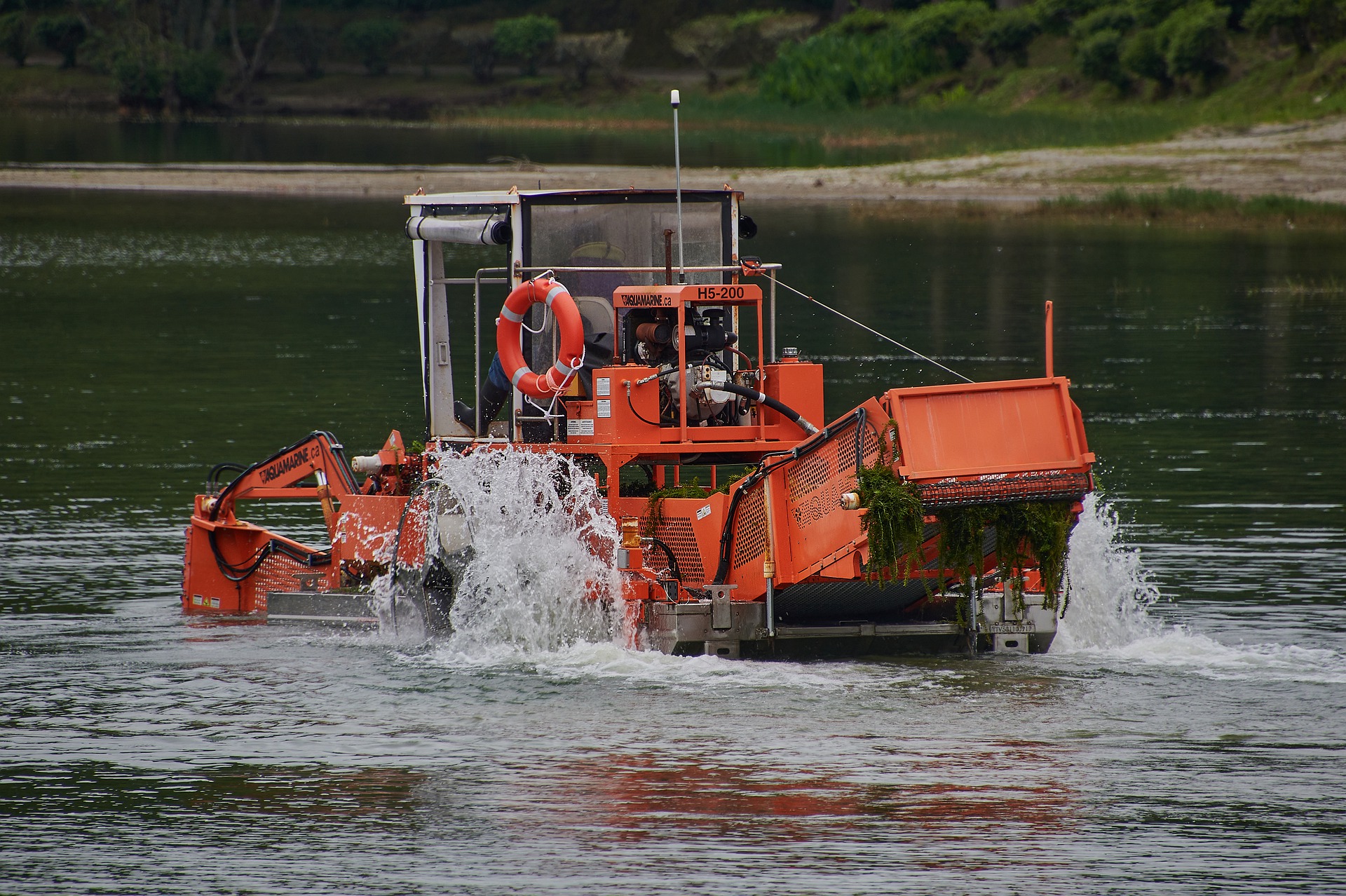Dredging is a process by which the sea floor is cleaned of underwater deposits, creating adequate space for construction or reclamation projects. During dredging services or when you are looking for dredging services near me, a ship is used to excavate the natural or artificial debris, and once the hoppers are full, the process is complete, and the ship moves on to its disposal site. Dredging services are used for various purposes, including environmental dredging, deepening access levels, and reclaiming contaminated areas.
Environmental Dredging
Environmental dredging is a process that reduces the risk of exposure to contaminants and helps prevent the spread of contaminants. Sediments around urban areas are often polluted and can contain a variety of pollutants. These pollutants can originate from both point and nonpoint sources. In addition, dredging services are important for protecting marine natural resources in environmental damage cases.
Dredging is a common industrial practice, and it has many environmental benefits as well. For example, it helps maintain the depth and width of waterways, allowing for the safe passage of cargo vessels. It also helps gather materials for construction projects. Dredging can also improve the safety of coastal communities by helping maintain the depth of waterways.
Whether you’re looking for a professional to provide dredging services or want to learn more about this process, there are many resources on the EPA’s website. For example, you can visit their Resource Center for information on contaminated sediment. This site includes links to fact sheets, guidance documents, and policies.
Deepening Access Levels
Dredging services are an important part of promoting the environment’s health, as they promote the free flow of water. Moreover, they ensure the smooth transport of goods and facilitate commerce. However, dredging operations can also spread contaminated materials, resulting in environmental problems. These pollutants are often carried to waterways from point and nonpoint sources. For this reason, the Office of Response and Restoration (ORR) at NOAA plays a key role in protecting marine resources when environmental damage occurs.
Deepening access levels for dredging services involves digging out silt and sand from the ocean floor. As the shipping industry grows, more and larger vessels require deeper water. Dredging services also facilitate port expansion. The silt and sand dug out of rivers contribute to the water quality due to chemical exchanges between the water and distributed silt. Ammonia in the sediments increases microscopic plant production, resulting in higher pH and dissolved oxygen levels. In addition, heavy metals are removed from water during dredging.
Deepening access levels for dredging services is often a complex process involving multiple stakeholders. The process involves evaluating potential impacts on aquatic and land environments, including wetlands, wildlife, and agricultural land. The assessment results will give authorities a better understanding of the effects of dredging on these protected areas.
Reclaiming Contaminated Areas
Dredging services are important for various purposes, from industrial functions to environmental aid. For example, sediment removal is an integral part of underwater excavation work. In addition, dredging services can help widen waterways to increase the capacity of large ships and create longer docking windows. They can also be used to collect construction materials.
Many areas where dredging is required are heavily contaminated with various pollutants. A dredging project in Narragansett Bay, Rhode Island, altered the bottom topography and the type of sediments, which led to a decline in the clam and lobster fisheries. Because sediments may contain contaminants, they must be thoroughly tested and disposed of safely and environmentally soundly. In some cases, the sediments may be so polluted that they cannot be reclaimed and must be removed from the area.
Environmental dredging services aim to minimize and prevent the spread of contaminants. Sediments around urban areas are often contaminated with a wide range of pollutants, both point-source and non-point-source sources. The Office of Response and Restoration plays an important role in protecting marine natural resources in these situations.
Mining Ocean Gems
Dredging is an important part of ocean mining operations. The seabed contains more valuable minerals than all continents combined, so companies want to access them. Dredging services allow them to do this and can also aid exploration of the creatures that live there. Dredging services are also essential for civil engineering projects performed in water. Dredging services can remove different compositions and silt from the seabed, making constructions more accurate and safe. Besides, dredging services are crucial in protecting the marine ecosystem from pollution.
Oceanic gems are much harder to mine and discover than land diamonds, and only the best can survive the journey. Only 95 percent of marine diamonds meet the criteria for gem quality, compared to forty to sixty percent for terrestrial diamonds. Fortunately, this process is advancing, and more countries are aiming to explore their coastlines for these precious stones.



